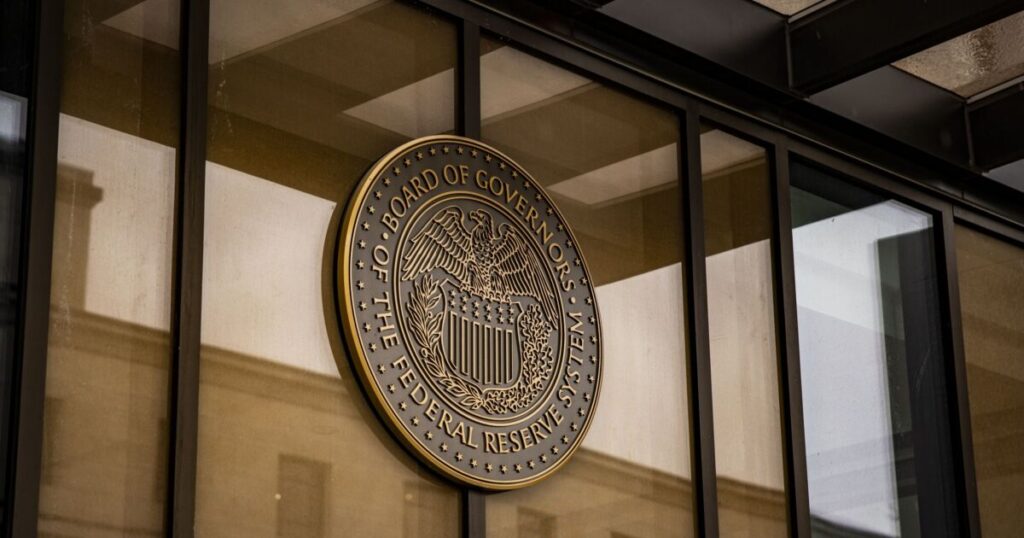Bloomberg News
WASHINGTON — Inflation and uncertainty around the direction of federal policy on trade, spending and other issues are banks’ top financial stability concerns, the Federal Reserve Board said in a report released Friday.
For its biannual report on financial stability, the Fed surveyed a range of financial professionals – including broker-dealers, mutual fund managers, research and advisory professionals and academics – about the top issues facing the financial system. Policy uncertainty emerged as a major new source of concern for industry experts – cited by 60% of respondents, compared to just 24% of respondents who identified it as one of the main concerns in the latest October 2023 Fed survey. mentioned the biggest concerns.
Since 2019, the Fed has released two financial stability reports per year, usually one in the spring and one in the fall.
Persistent inflation and high interest rates remained the top concern across the board, with 72% of respondents citing this as their top concern – the same percentage as in the October report. The report indicated that interest rates could remain high above current market expectations for an extended period of time and that persistent inflation could prompt tighter monetary policy, leading to greater volatility in financial markets and adjustments in asset valuations.
But the increase in policy uncertainty – including the unpredictability resulting from fluctuating trade policies, influenced by geopolitical tensions such as the Middle East conflict and Russia’s more than two-year war against Ukraine – has been an unexpected source for many pollsters of market disruption. respondents. Respondents also cited the upcoming US elections in November as a source of stress.
“A further escalation of geopolitical tensions or policy uncertainty could reduce economic activity, stimulate inflation and increase volatility in financial markets,” the report said. “The global financial system could be hit by a retreat from risk-taking, declines in asset prices and losses for exposed U.S. and foreign companies and investors.”
Concerns about the credit quality of commercial real estate – the second concern cited in the October report – were cited as one of the top concerns by 56% of survey respondents. But that fell from 72% in the October report. The Fed noted that prices across all sectors of CRE continued to decline in the second half of 2023, and the report makes clear that the full impact of CRE price declines has yet to be reflected in the data.
“These transaction-based pricing measures likely do not yet fully reflect the deterioration in CRE market prices as many owners, rather than realizing losses, are waiting for more favorable conditions to bring their properties to market,” the report said. “Capitalization rates at the time of real estate purchase, which measure the annual income of commercial properties relative to their prices, have increased modestly but remained at historically low levels, indicating that prices remain high relative to to the fundamental factors.”
Instability in the banking sector continued to play a prominent role, despite reporting high liquidity levels and low funding risks in the sector since the October report.
While the Fed’s emergency lending facility, the Bank Term Funding Program,


